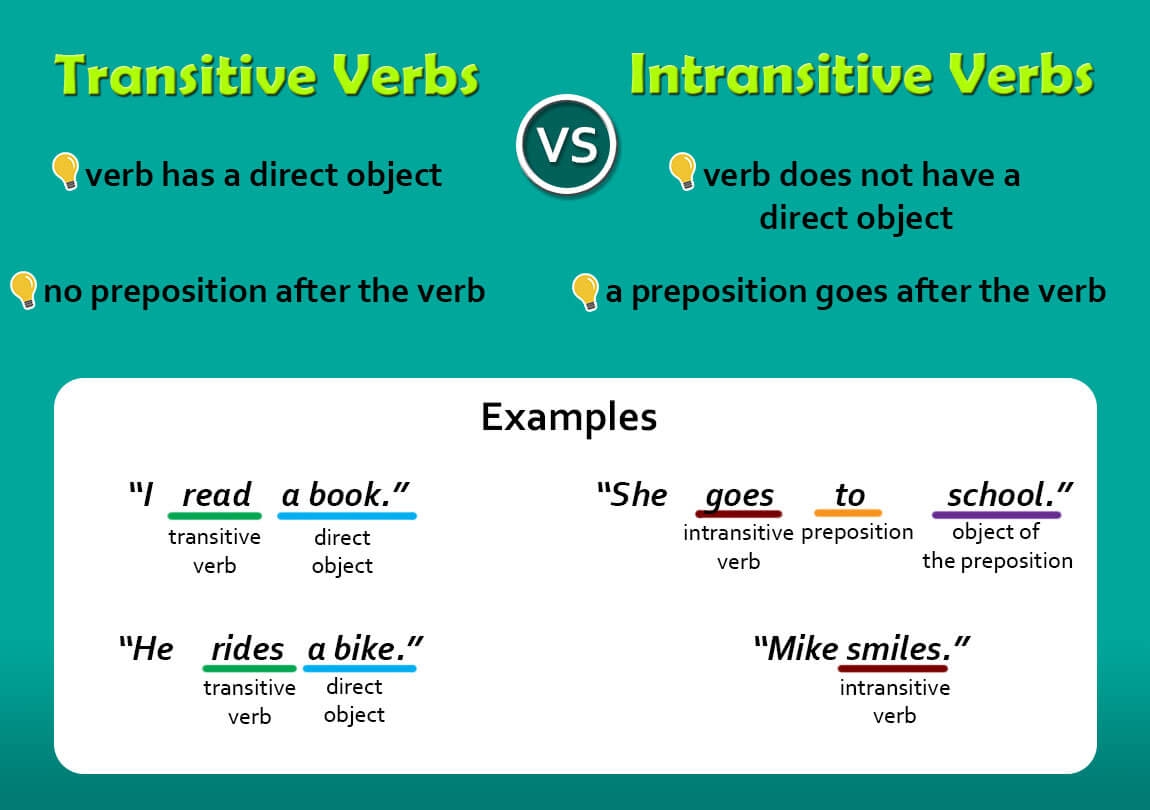When it comes to understanding grammar, one of the key concepts to grasp is the difference between transitive and intransitive verbs. Transitive verbs play a crucial role in sentence structure, as they require a direct object to complete their meaning. In this article, we will delve into what transitive verbs are and how they function within sentences.
Transitive verbs are a type of action verb that require a direct object to complete the action. This means that the action of the verb is done to someone or something. For example, in the sentence “She ate the apple,” the transitive verb is “ate” and the direct object is “the apple.” Without the direct object, the sentence would be incomplete.
What is a Transitive Verb?
Transitive verbs can be easily identified by asking the question “what?” or “whom?” after the verb. If there is a direct answer to these questions, then the verb is transitive. For example, in the sentence “He read the book,” if we ask “He read what?” the answer is “the book,” making “read” a transitive verb.
It is important to note that not all verbs are transitive. Intransitive verbs, on the other hand, do not require a direct object to complete their meaning. For example, in the sentence “She sleeps,” the verb “sleeps” is intransitive because it does not require a direct object.
Transitive verbs can also be followed by indirect objects, which receive the action of the verb indirectly. For example, in the sentence “She gave him a gift,” the transitive verb “gave” is followed by the indirect object “him” and the direct object “a gift.”
Understanding transitive verbs is essential for constructing clear and complete sentences. By recognizing transitive verbs and their direct objects, writers can convey their intended meaning effectively. Whether in writing or speaking, transitive verbs play a crucial role in conveying actions and their recipients.
In conclusion, transitive verbs are action verbs that require a direct object to complete their meaning. By identifying transitive verbs and their direct objects, writers can construct grammatically correct sentences that effectively convey actions and their recipients. Understanding the role of transitive verbs is key to mastering the complexities of grammar and sentence structure.
